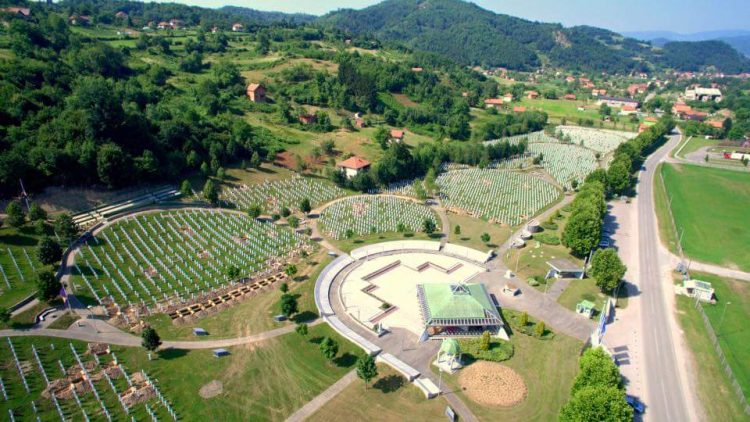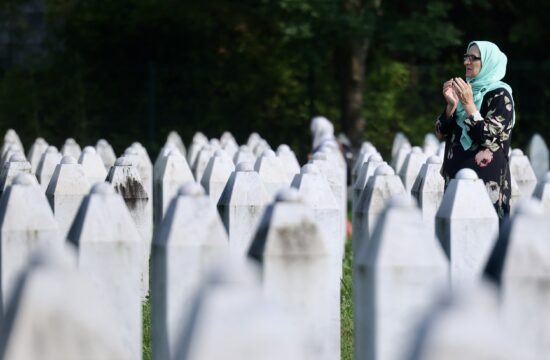
The Srebrenica genocide Memorial Centre joined the initiative of virtual visits to museums, galleries and memorial centres during the social distancing and self-isolation period over the COVID-19 pandemic, the Centre said on Tuesday.
“In time to come, we plan to increase the number of footages in our library, which will provide a better insight into all segments of the Srebrenica-Potocari Memorial Centre, that will be available online,” the Centre said.
The link with the first video tour of the entire centre is available HERE.
The Centre noted that these are only their initial activities and that they wanted to serve as an example of how institutions of culture, museums and galleries should respond to the challenges the world faces these days.
In April 1993, the UN had declared the besieged enclave of the eastern Bosnian town of Srebrenica a safe area under UN protection.
However, in July 1995, the Dutch battalion failed to prevent the town's capture by the Bosnian Serb forces and the massacre that followed.
More than 8,000 Bosniak men and boys were killed in the days following July 11, 1995, and so far the remains of more than 6,600 have been found and buried.
The International Criminal Tribunal (ICTY) for the Former Yugoslavia and the International Court of Justice later ruled that the massacre was an act of genocide.
International and regional courts have sentenced 45 people for what happened in Srebrenica to a total of more than 700 years behind bars. Those who the ICTY sentenced to life imprisonment are Ljubisa Beara, Zdravko Tolimir, and Vujadin Popovic. But the most well known alleged masterminds of what happened in Srebrenica are former Bosnian Serb politician Radovan Karadzic and ex Bosnian Serb general Ratko Mladic, and both have been sentenced for it but have appealed.




